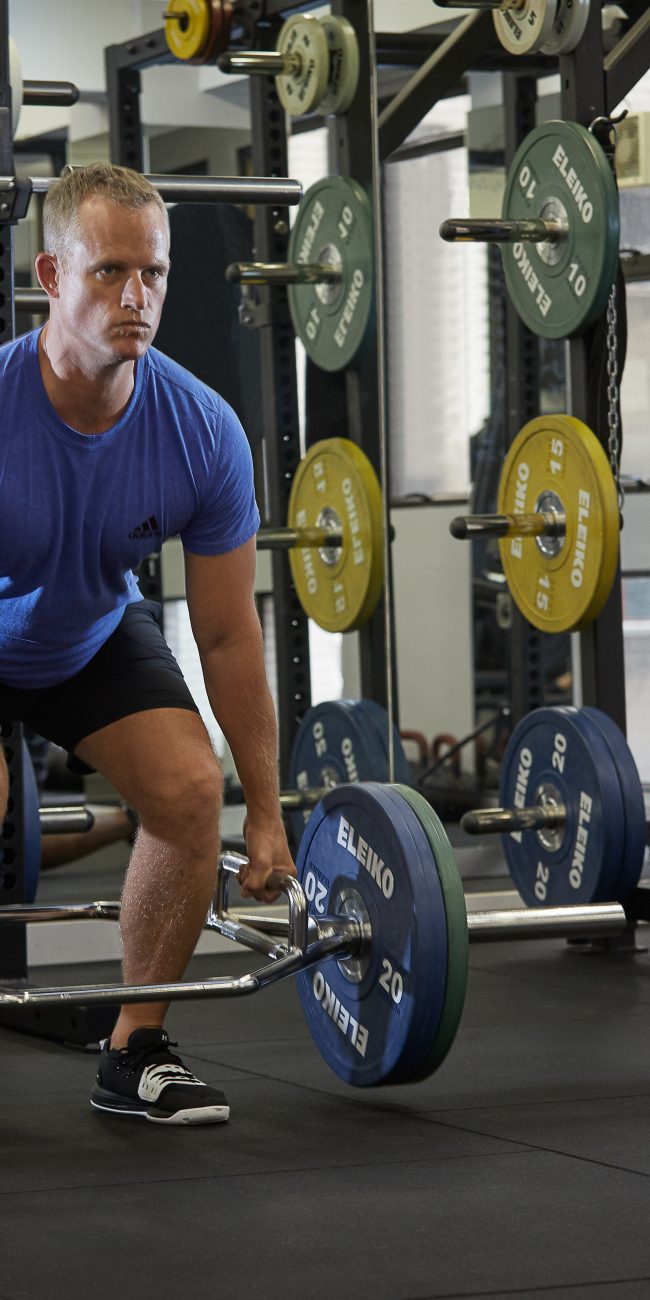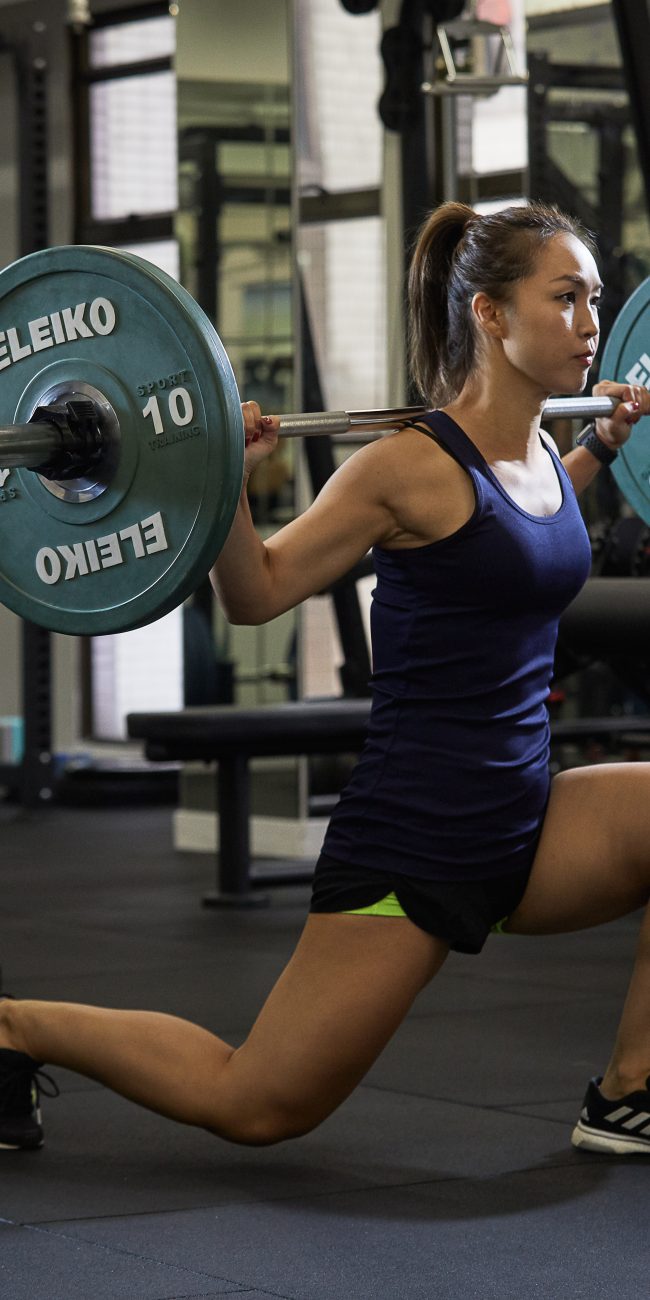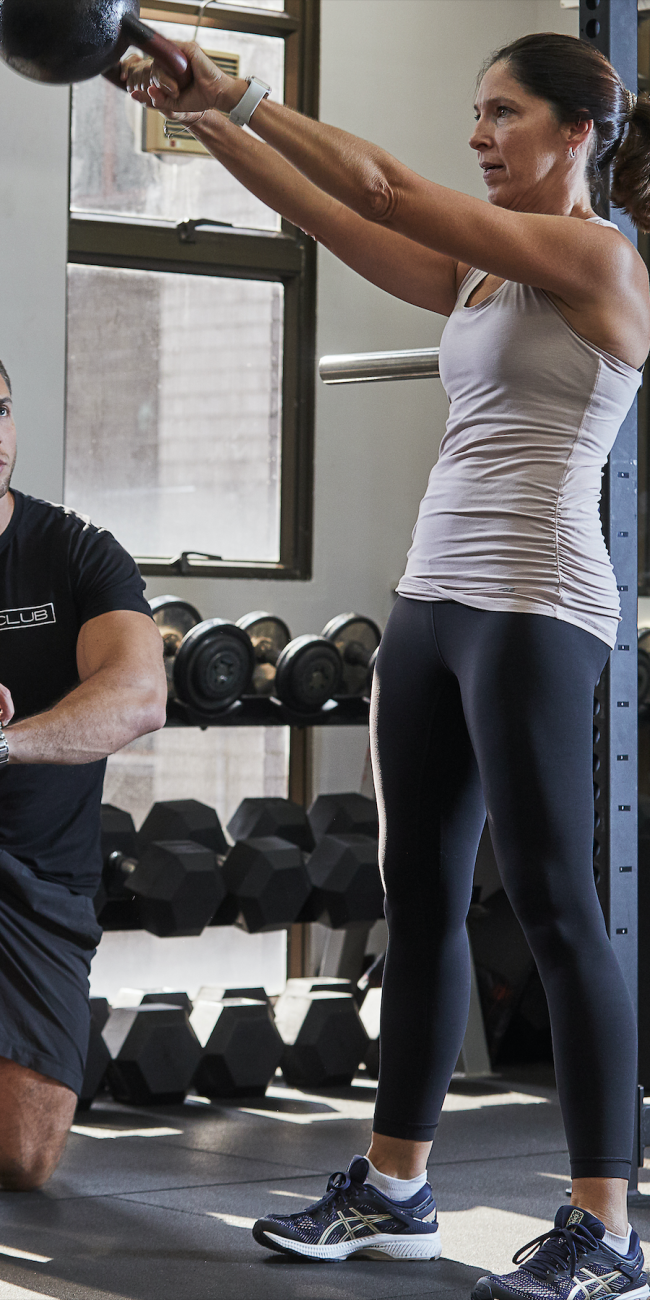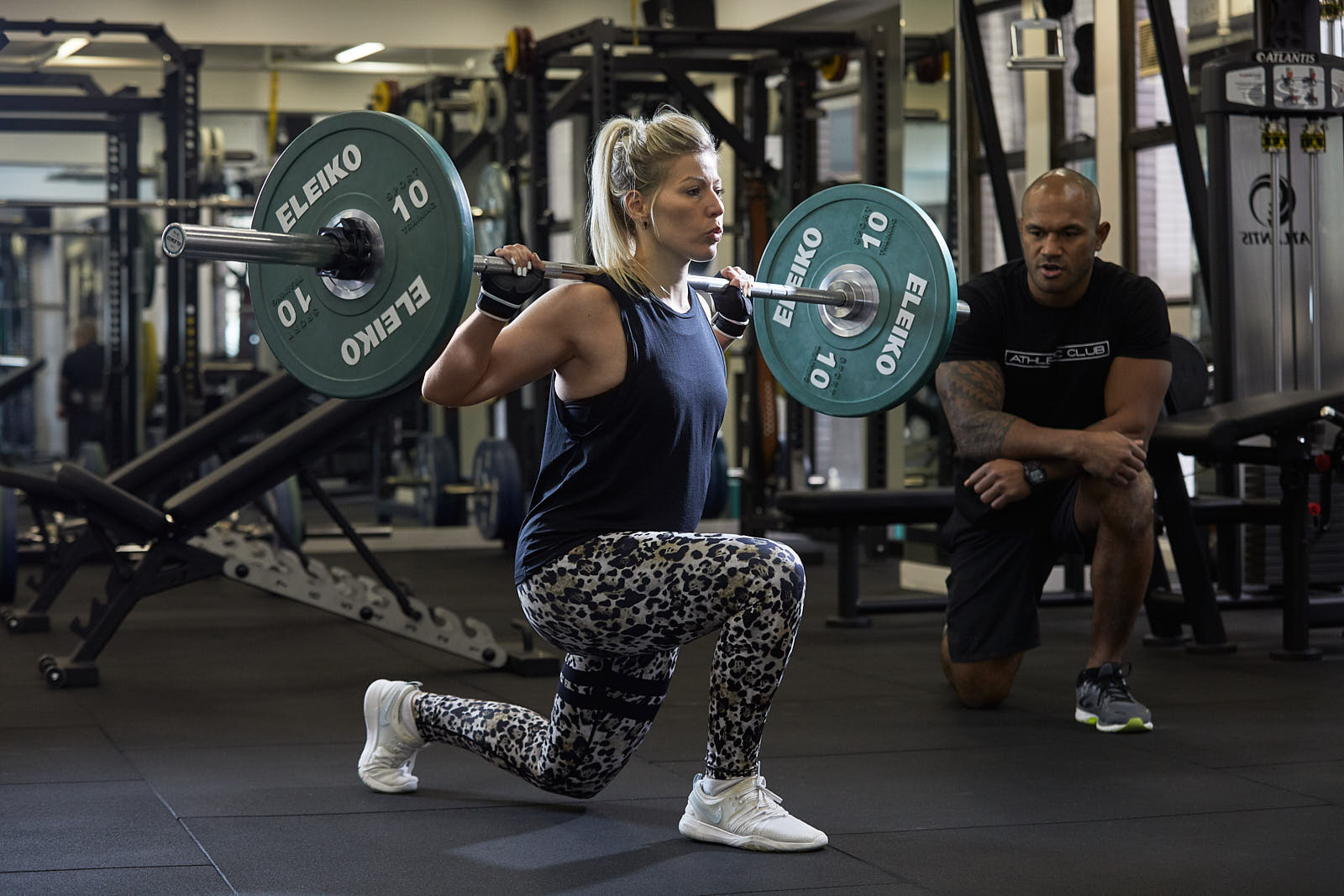
ATHLETIC CLUB will help you improve your results by incorporating compound exercises, super sets variations, HIIT cardio and a personalised nutrition plan.
From using more productive workouts to getting into and out of the gym faster, there are always ‘tweaks’ you can make to your training that can help you achieve more than you might have thought possible. As a strength and conditioning coach, we are continually running into new ways to do just that—achieve a greater level of workout efficiency.
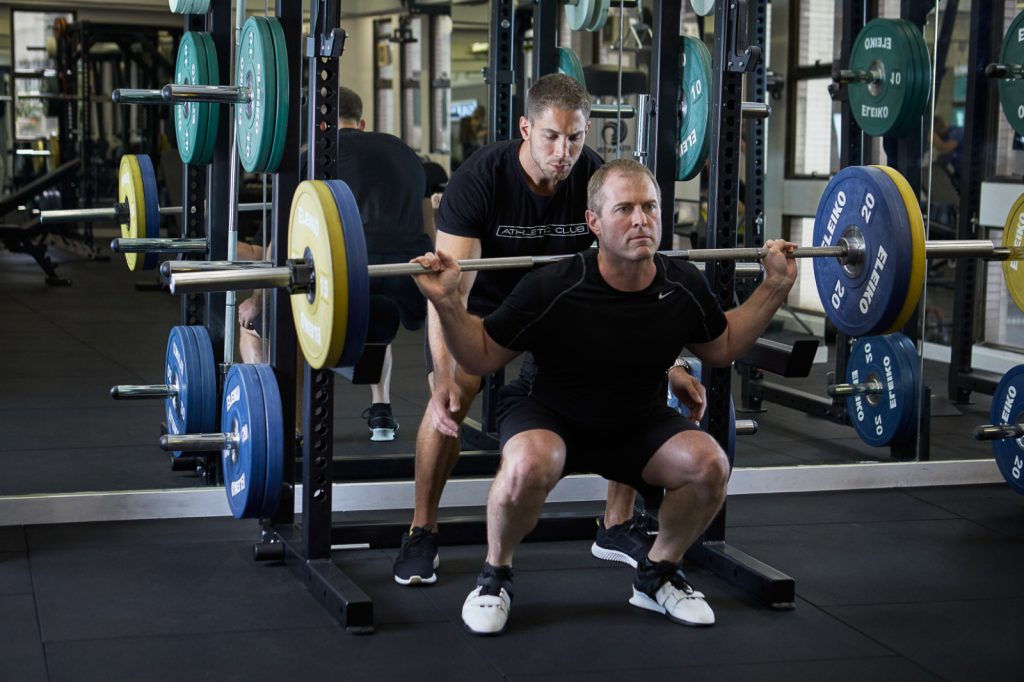
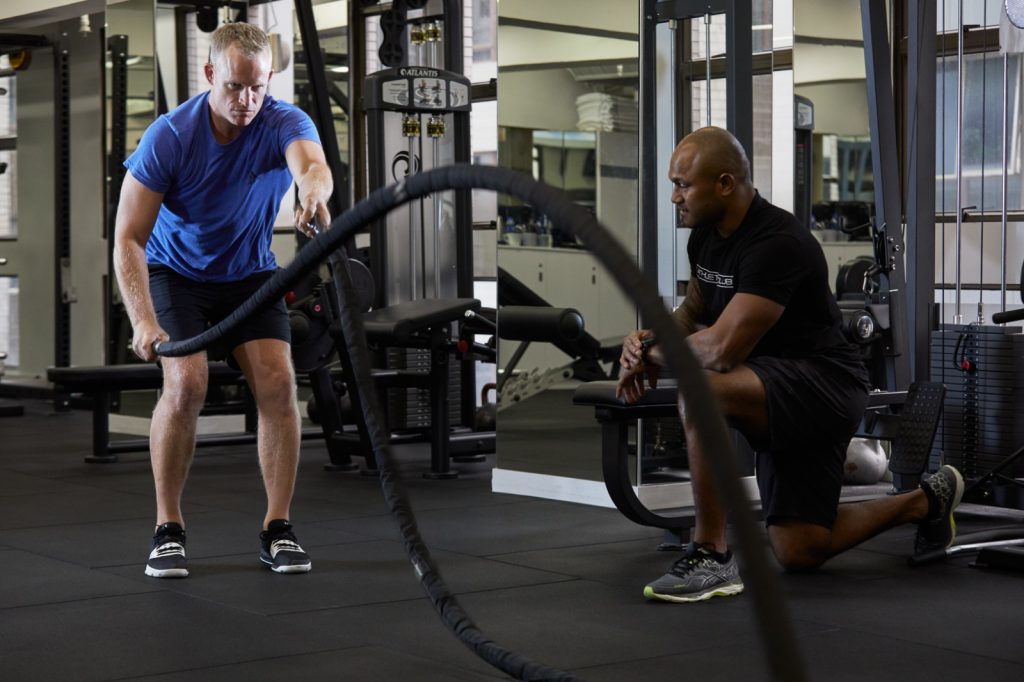
1. PUT YOUR PHONE DOWN
The gym should be your time to focus on YOU, not check on recent Tweets or Instagram stories. I can’t say this enough, your emails can wait, the photos can wait, the videos can wait. If you were to take a log of how much time you actually spent working out and compared it to how much time you spent filming/selfie-ing/texting, I bet you would be shocked at the amount of focus you aren’t giving your workouts.
If you struggle with stepping away from your phone for more than a half hour, start turning airplane mode on.
This will shut all the distractions off. It’s OK to give yourself time away from responding and viewing everyone else’s life, and it’s OK to not share your every move with the public. The emails, texts, updates and notifications will still be there when you’re done with your workout.
We challenge you to try this for one week and record the differences in your daily exercise routine’s focus, energy, stress/distractions, time from start to finish, and overall performance.
2. MINIMIZE REST PERIODS OR UNNECESSARY BREAKS
As a personal trainers, we know how important it is to take adequate rest periods between sets. There is certainly a time and a place for implementing these, and you can easily maximize your training efficiency by timing your breaks. If your exercise routine calls for heavy compound movements (we will discuss these next), then we would encourage you to time your rest anywhere from 45-90 seconds. This will allow your body to recover and rejuvenate its output power and strength.
On the contrary, rest periods can also become socializing opportunities. So it is important to keep yourself in check with the chatter. The gym is a great environment for getting to know others who have similar interests and perspectives, but be mindful of how much time you are investing into conversing vs. exercising.
3.INCORPORATE COMPOUND MOVEMENTS INTO YOUR GYM TIME
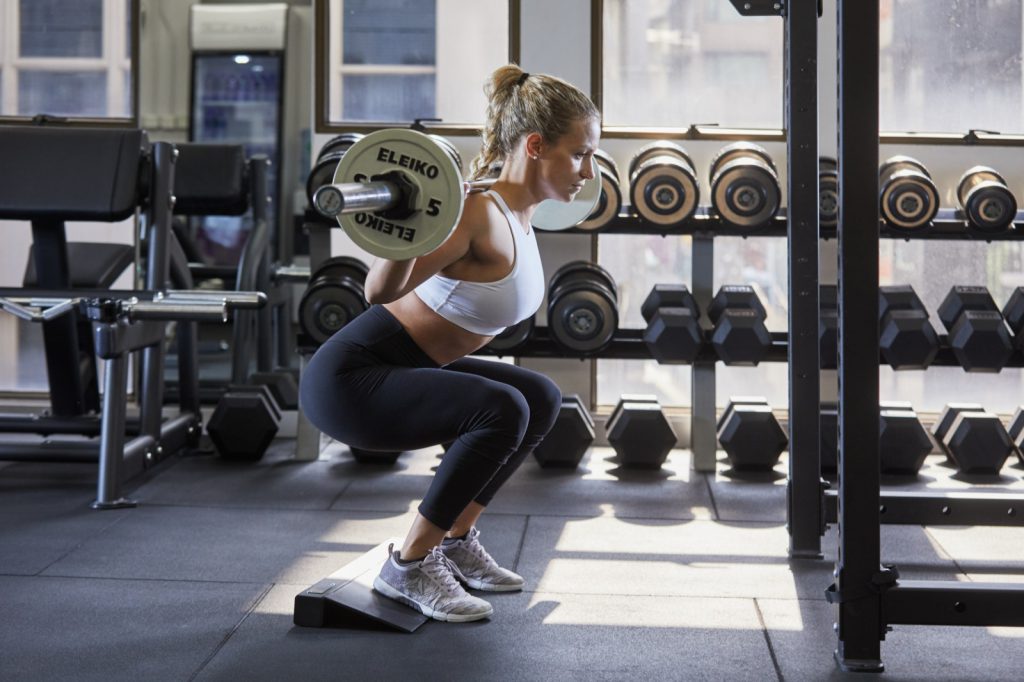
4. Try High Intensity Forms of Cardio
Many people think they need to grind out miles on treadmills, or cycle for extended periods of time, to gain a cardiovascular benefit. This doesn’t need to be.
5. PLAN OR INVEST
- How often do you find yourself twiddling your thumbs thinking about what to do next during your workout?
- When you’re working out, do you find it hard to keep yourself moving and motivated?
- Are your workouts purpose driven or just going through the motions?
- Do you spend more time planning your workout than actually working out?
If planning your workouts isn’t something you want to do, you may want to consider working with a personal trainer. You will have scheduling accountability with a specific time slot for your workouts, so no wasted time! As an added benefit, your trainer may also write you an exercise program to keep you moving on your non-training days – – now that’s a win-win!


